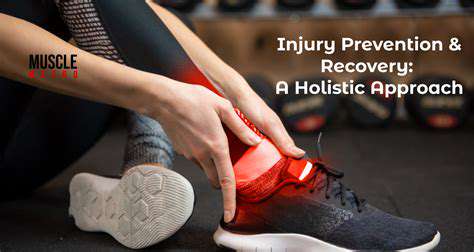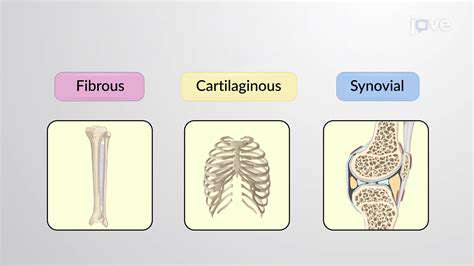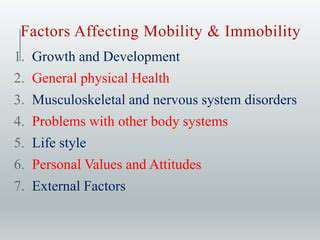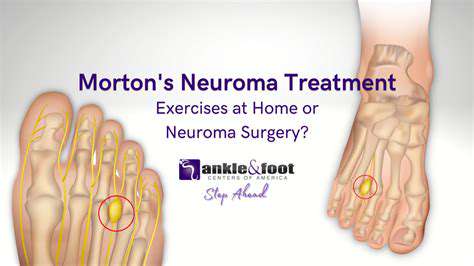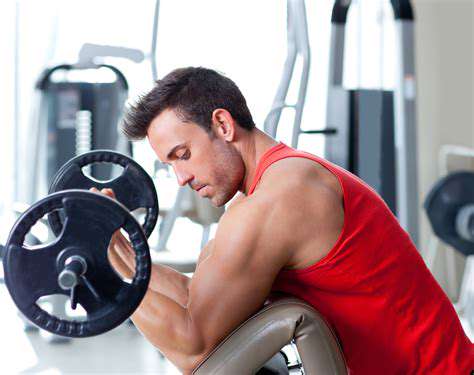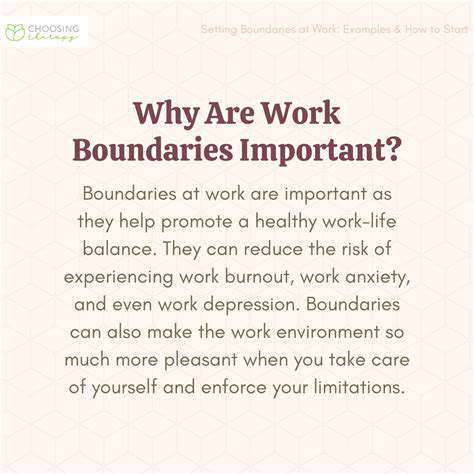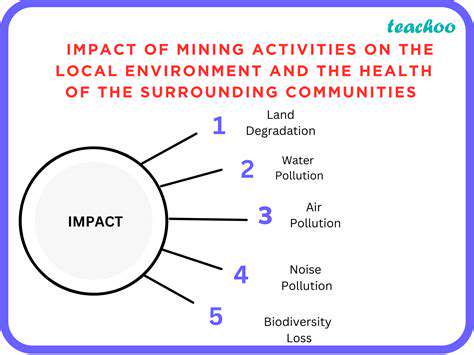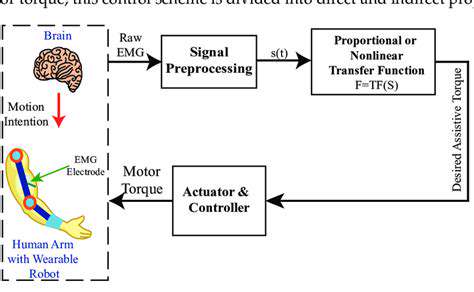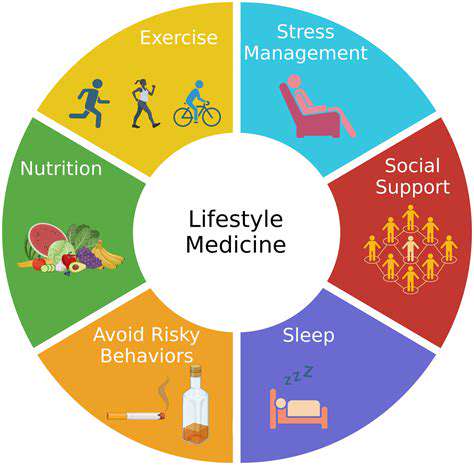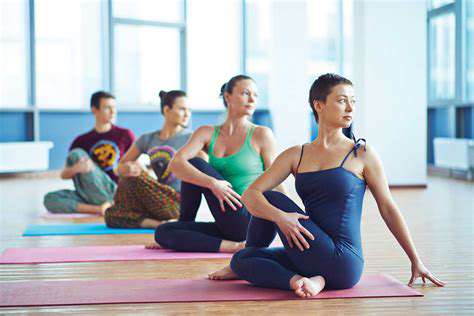Effective Stretching Routines for Calf Muscles
Introduction to Calf Muscle Anatomy and Function
Calf Muscle Structure
Those calf muscles we often take for granted actually play a starring role in our daily movements. Nestled in the back of our lower legs, these workhorses consist mainly of the gastrocnemius and soleus muscles. What makes them truly remarkable is how they power everything from a leisurely stroll to an explosive jump. The gastrocnemius, with its distinctive two-headed shape, connects from your thigh bone down to your heel, acting like a biological spring when you need quick, powerful movements.
Hidden beneath lies the soleus muscle - the endurance champion of the pair. This deeper muscle works tirelessly during prolonged activities like standing or marathon running. Both muscles ultimately connect to your heel bone, but their different positions mean they contribute uniquely to movement. Recognizing these differences helps create targeted stretching routines that prevent injuries and boost performance, especially for athletes prone to Achilles tendon issues.
Calf Muscle Function in Movement
Ever wonder how you stay upright during a sudden stop or sharp turn? Thank your calf muscles. These unsung heroes do far more than just point your toes - they're crucial for balance, posture, and propelling you forward. When you walk, they work like biological pistons, pushing you ahead with each step. During explosive movements like sprinting or jumping, they store and release energy with remarkable efficiency.
The calves also serve as your body's natural stabilizers. Try standing on one leg and you'll immediately feel these muscles working overtime. They constantly make micro-adjustments to keep you from toppling over, whether you're navigating uneven terrain or simply shifting your weight. This dual role as both movers and stabilizers makes them uniquely important for both athletes and office workers alike.
Understanding how the gastrocnemius and soleus cooperate reveals why targeted stretching matters. The gastrocnemius handles quick, powerful movements while the soleus manages sustained efforts. This partnership explains why different stretches work better for runners versus cyclists, and why a comprehensive approach yields the best results for mobility and injury prevention.
1. The Seated Calf Stretch
Benefits of the Seated Calf Stretch
That tight feeling in your calves after a long day? The seated stretch offers sweet relief. This deceptively simple move can work wonders for people who stand for hours or athletes pushing their limits. Beyond easing discomfort, regular practice improves your stride efficiency - something walkers, runners, and even dancers appreciate. The gentle tension also encourages better blood flow, helping muscles recover faster after tough workouts.
There's a mental bonus too. As you breathe deeply during the stretch, you're not just loosening muscles - you're triggering relaxation responses. Many find this becomes a mindful moment in their day, a chance to decompress physically and mentally. The accessibility makes it perfect for office workers needing a quick tension reliever or seniors maintaining mobility.
How to Perform the Seated Calf Stretch
Grab any stable seat and extend one leg straight, placing a rolled towel under your forefoot. The key is hinging forward from your hips, not rounding your back - imagine your torso as a ramp sliding forward. Hold for 20-30 seconds, feeling the pleasant pull along your calf's length. Switch legs and repeat, keeping both heels firmly planted.
Common mistakes? Bouncing (which can cause microtears) and holding your breath (which increases tension). Instead, maintain steady breathing as if fogging a mirror. Over weeks, you'll notice deeper stretches possible without discomfort. For office adaptations, try looping a resistance band around your foot if no towel's available.
Listen to your body's signals - some tension is good, sharp pain means stop. Consistency trumps intensity here; daily 2-minute sessions outperform weekly marathon stretching. Pair it with standing stretches for comprehensive calf care, especially if you're on your feet all day or training hard.
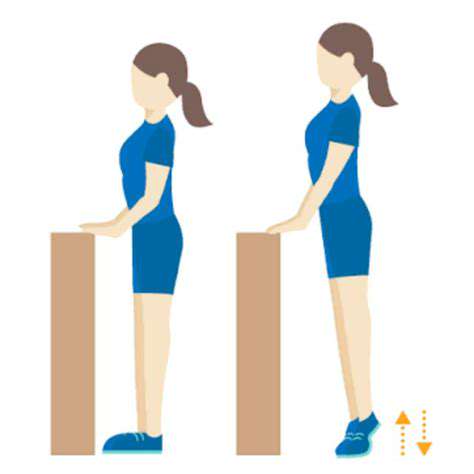
Important Considerations and Precautions

Safety Precautions for Handling Hazardous Materials
Working with dangerous substances demands respect - one lapse can have lifelong consequences. Proper PPE acts as your last line of defense; goggles prevent splash injuries while respirators stop invisible threats. Many accidents stem from complacency - treating familiar chemicals casually often precedes incidents.
Those dense MSDS documents contain life-saving intelligence. Skimming them is like parachuting without checking your gear - potentially disastrous. Pay special attention to incompatibility warnings; some combinations create toxic gases or explosive reactions unexpectedly.
Proper Storage and Handling Procedures
Storage isn't just about organization - it's hazard control. Flammables belong in specialized cabinets, acids separate from bases, and everything needs secondary containment. Clear labeling prevents deadly mix-ups during hectic moments. Implement a first in, first out system so nothing degrades past its safe lifespan.
Documentation creates accountability. Detailed logs help trace leaks or exposures later. They're also your best defense during regulatory inspections - incomplete records often trigger deeper scrutiny of entire operations.
Emergency Response Planning
Emergencies test preparation, not luck. Regular drills transform panic into practiced response. Everyone should know evacuation routes, spill kit locations, and how to activate emergency showers blindfolded (literally - try it during training). Designate specific roles - who calls 911, who seals the area, who checks the roster.
Post clear diagrams of emergency equipment locations. During crises, people forget even familiar layouts. Color-coding zones by risk level helps responders prioritize actions when seconds count.
Regulatory Compliance and Legal Considerations
Regulations evolve constantly - what was compliant last year may now violate new standards. Assign someone to monitor regulatory updates like OSHA changes or EPA amendments. Many organizations subscribe to compliance newsletters or attend annual safety seminars.
Document all training sessions thoroughly. During litigation, proof of education often determines liability. Include signed attendance sheets, presentation materials, and quiz results showing comprehension.
Risk Assessment and Mitigation Strategies
Effective risk management resembles chess - anticipate moves ahead. Conduct what if scenarios for all processes. Could a power outage disable ventilation? Would a leaking valve drain into floor drains? Engineering controls (like ventilation systems) outperform PPE alone - they're always on unlike forgotten gloves.
Prioritize hazards using a risk matrix - high probability/severe consequence risks demand immediate attention. Reassess whenever introducing new materials or changing workflows.
Training and Education for Personnel
Training shouldn't be a checkbox exercise. Engage workers with real incident videos and hands-on demonstrations. Let them practice spill response with harmless substitutes. Include near-miss reporting to uncover hidden risks before they escalate.
Refresh training annually at minimum, or after any incident. People retain information better through interactive methods than passive lectures. Consider gamification - award points for identifying hazards during facility walkthroughs.
Read more about Effective Stretching Routines for Calf Muscles
Hot Recommendations
- The Impact of the Digital Age on Hand Function
- The Role of Hands in Agricultural Innovation
- The Impact of Technology on Hand Artistry
- The Importance of Hand Care for Artists
- How Hand Control Enhances Robotic Surgery
- The Impact of Hand Strength on Physical Labor
- How Handwriting Influences Cognitive Development
- The Impact of Environmental Factors on Hand Health
- The Power of Hands in Building Community
- The Importance of Ergonomics in Hand Health
